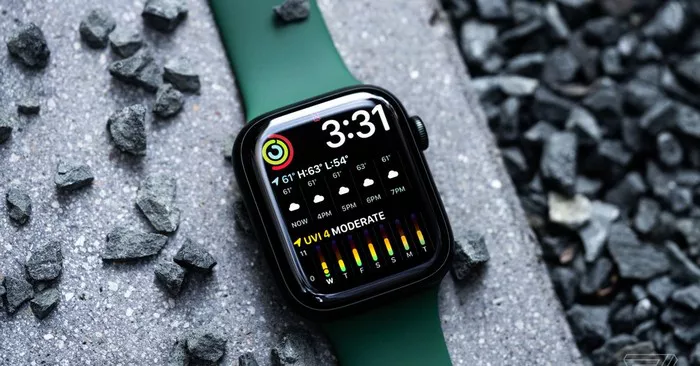Navigating Compatibility: Using Apple Watch with Android Phones
In the ever-evolving landscape of technology, interoperability between devices has become a paramount concern for consumers. As the boundaries between different ecosystems blur, individuals often find themselves asking the question: “Can Android phones use Apple Watch?” This inquiry reflects a desire for seamless integration and functionality, regardless of the brand of their smartphone or smartwatch. In this comprehensive guide, we delve into the intricacies of using an Apple Watch with an Android phone, exploring compatibility, limitations, potential workarounds, and alternative options for Android users seeking a smartwatch companion.
Compatibility: Breaking Down Barriers
At the heart of the compatibility question lies the fundamental design philosophy of the Apple Watch. Engineered to complement the iOS ecosystem, the Apple Watch is intricately woven into the fabric of Apple’s proprietary software and hardware. Consequently, its seamless integration is tailored exclusively to iPhones, with no direct support for Android phones.
Unlike certain Bluetooth accessories that boast cross-platform compatibility, the Apple Watch operates within a closed ecosystem, limiting its connectivity to devices running iOS. Attempting to pair an Apple Watch directly with an Android phone is akin to trying to fit a square peg into a round hole – it defies the inherent design constraints and compatibility parameters established by Apple.
Limitations: Managing Expectations
While the allure of using an Apple Watch with an Android phone may be enticing, it’s crucial to temper expectations and acknowledge the inherent limitations of such a setup. Foremost among these limitations is the lack of official support from Apple for pairing an Apple Watch with an Android device.
Without the backing of official support, users may encounter a myriad of challenges and hurdles when attempting to use an Apple Watch with an Android phone. Certain features that rely on tight integration with iOS, such as iOS-exclusive apps, SMS messaging, and health data syncing via Apple Health, may not work seamlessly or at all when paired with an Android device.
Workarounds: Exploring Alternatives
Despite the absence of official support from Apple, resourceful users have devised workarounds in an attempt to bridge the gap between their Apple Watch and Android phone. One such workaround involves initially setting up the Apple Watch with an iPhone and then using it as a standalone smartwatch with cellular connectivity.
By leveraging the standalone capabilities of cellular-enabled Apple Watches, users can access core functionalities such as making calls, sending messages, and tracking fitness activities without relying on constant connectivity to an iPhone. However, it’s essential to note that this method has its limitations, as certain features may be restricted or unavailable without regular synchronization with an iPhone.
Alternative Options: Exploring Android-Compatible Smartwatches
While the prospect of using an Apple Watch with an Android phone may hold a certain allure, practicality dictates that Android users explore dedicated smartwatch options designed specifically for their platform. Enter Wear OS watches, the Android equivalent of the Apple Watch.
Wear OS watches, such as the Google Pixel Watch 2 or Samsung Galaxy Watch 6, offer a compelling alternative for Android users seeking seamless integration and robust functionality. Built upon Google’s platform for smartwatches, Wear OS devices boast a wide range of features, including customizable watch faces, fitness tracking, notifications, and voice commands.
In Summary: Navigating the Landscape
In conclusion, while it’s technically possible to use an Apple Watch with an Android phone through various workarounds, it’s not recommended due to the limitations and lack of official support from Apple. Android users are better served by exploring dedicated smartwatch options designed specifically for their platform, such as Wear OS watches.
By embracing alternative options tailored to the Android ecosystem, users can unlock the full potential of their smartwatch experience, enjoying seamless integration, robust functionality, and a cohesive user experience. Ultimately, in the ever-expanding landscape of wearable technology, compatibility and interoperability remain paramount, ensuring that users can make informed decisions that align with their preferences and needs.

